What Makes a Vapor Barrier Different than a Vapor Retarder?
The Relationship Between Under-Slab Vapor Retarders and Vapor Barriers
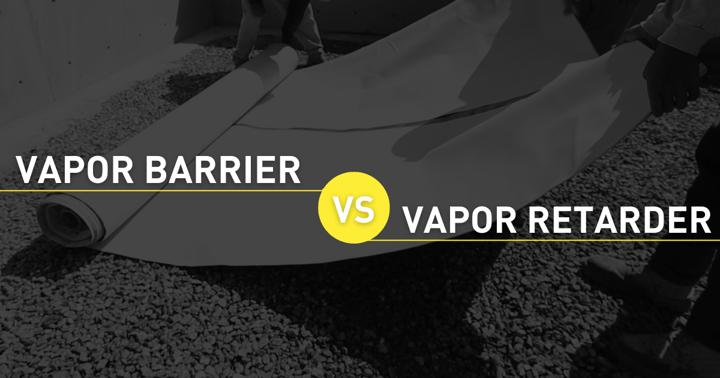
“Vapor retarder” is the term used to describe materials of varying types and classifications which impede the diffusion of water vapor into a structure. In the design and construction industry, the term “vapor barrier” will often be used interchangeably with the term “vapor retarder,” when, in many cases, a distinction should be made (particularly when considering all six sides of a building). For under-slab application specifically, it is important to understand the differences between the two terms to avoid negative impacts on your project.
An under-slab vapor barrier can be simply defined as a type of vapor retarder with a permeance rating of 0.01 perms (which in the US is defined as one grain of water vapor [unit of mass] per hour [time], per square foot [area], per inch of mercury [pressure differential]) or less. This performance criterion has been cited by numerous experts and organizations within the industry—including the American Concrete Institute Committee 302—as an important benchmark, especially where moisture-sensitive flooring materials are utilized. Whereas the most common under-slab vapor retarder is a 6-mil sheet of generic polyethylene—with a permeance closer to 0.1 perms— vapor barriers are typically composed of high-quality plastic sheeting and/or metal film, like aluminum, that greatly impedes the diffusion of water vapor. All under-slab plastics, be they retarders or barriers, should be evaluated per ASTM E1745 Standard Specification for Plastic Water Vapor Retarders Used in Contact with Soil or Granular Fill under Concrete Slabs.
Types of Under-Slab Vapor Barriers
Vapor barriers are necessary for highly sensitive buildings where moisture prevention is central to the integrity of the facility and its components. Buildings that utilize humidity controls, and moisture-sensitive flooring materials, and/or store moisture-sensitive goods in contact with the slab’s surface can benefit greatly from utilizing an under-slab vapor barrier rather than a retarder. Even projects that are not considered highly sensitive should often receive a vapor barrier, and because there is typically minimal additional cost involved in upgrading these products, barriers have become the rule rather than the exception.
The most durable vapor barriers are typically constructed from plastic sheeting composed of high-quality polyolefin resins. These barriers are designed to withstand the toughest of conditions during the construction process, are highly resistant to punctures from heavy machinery, and maintain a low permeance rating (0.01 perms or less).
How to Install an Under-Slab Vapor Barrier or Vapor Retarder
As important as it is to understand the classifications of vapor retarders and barriers and their applications, this is only part of the process. To properly protect a structure from moisture, it is important to know how to install these materials. There are distinct specifications for the installation of the vapor retarder or barrier in below-slab applications. One such specification is ASTM E1643 Standard Practice for Selection, Design, Installation, and Inspection of Water Vapor Retarders Used in Contact with Earth or Granular Fill Under Concrete Slabs. A clear understanding of this specification and how it will be applied to your project is imperative to successfully controlling moisture vapor migration.
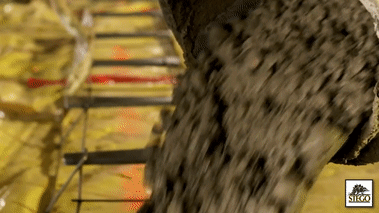
Watch our video for a step-by-step guide on how to install an under-slab vapor barrier using Stego products.
Slab-On-Grade Foundations
Foundation slabs require vapor barriers to help prevent the unchecked infiltration and accumulation of both water vapor and other possible soil gases. ASTM E1643, as noted above, provides details on how to properly install vapor barriers under slabs. Although fill layers are occasionally placed between the vapor barrier and the slab, vapor barriers are typically placed over the capillary break (if specified) and directly beneath the slab.
Basements
A vapor barrier should be installed under the concrete slab of any basement with a capillary break underneath it. This allows for the basement to remain dry as the below-grade capillary break drains liquid away from the enclosure while the vapor barrier inhibits vapor diffusion (and a high water table or other unique site conditions may necessitate a waterproofing membrane as well). Additionally, basement walls may need to receive both a drainage layer, waterproofing system, and a vapor barrier for similar reasons. These systems are particularly important for conditioned basements where insulation-- such as rigid (e.g., EPS) or spray foam systems-- may be installed and which will need to remain dry in order to be maximize effectiveness.
Crawl Spaces
Most crawl spaces will have dirt floors, especially in homes, and thus a “direct line” to the moisture stored therein. Consulting a professional to find the best vapor barrier and proper installation process is key to taking the ground out of play and help prevent moisture-related issues in crawl spaces.
.png?width=796&name=stegocrawl-images-1600x330px%20(1).png)
Building Design Specifications and Code Requirements
Distinguishing between vapor barriers and vapor retarders has been complicated by ever-changing practices and standards in the building industry. Codes are constantly being updated and terminology often used in above-grade applications does not perfectly translate into below-grade applications, and vice versa. It should be understood that (under-slab) vapor barriers (0.01 perms) are considered to be the most effective product for under slab applications, and they are recommended over (under-slab) vapor retarders in applications where vapor protection is important. There are few projects where this is not the case.
Knowing the building design specifications and code requirements for your project will make the process of selecting an under-slab vapor barrier easier. Regardless, consulting one of our moisture protection experts will ensure that you find the product that is best suited for your building project.

Written by Dan Marks
Dan Marks was the former Technical Director at Stego Industries, LLC.
- Stego (26)
- StegoCrawl (24)
- Stego-Awareness (17)
- Case Studies (14)
- StegoCrawl-Consideration (12)
- StegoCrawl-Awareness (11)
- StegoHome (10)
- Customer Stories (9)
- Stego-Consideration (9)
- Pango (8)
- Beast (7)
- StegoHome-Awareness (6)
- How to Install (5)
- Pango-Awareness (5)
- Beast-Awareness (4)
- Drago (4)
- StegoHome-Consideration (4)
- Beast-Consideration (3)
- Pango-Consideration (3)
- Stego IQ (3)
- Drago-Awareness (2)
- Drago-Consideration (2)
- StegoCrawl-Decision (2)
Popular Posts
Stay Connected.
Enter your email below.



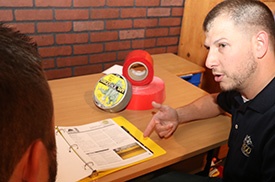

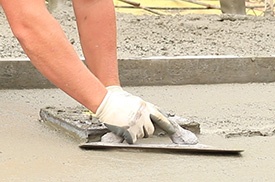
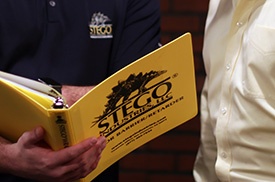




Post Comments